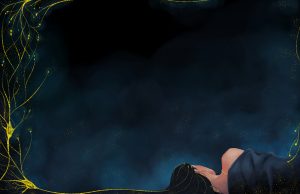
Secrets of the Synapse: New Insights Provide Critical Clues into Understanding Sleep
Image courtesy of Antalique Tran Sleep has long been recognized as an essential mammalian function that provides crucial time for the brain to recover. Learning

Image courtesy of Antalique Tran Sleep has long been recognized as an essential mammalian function that provides crucial time for the brain to recover. Learning
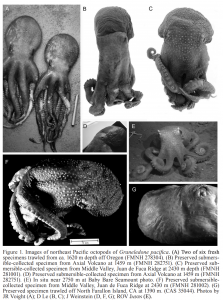
Image courtesy of Janet Voight When Janet Voight received deep-sea Graneledone pacifica specimens, she noticed that they looked different from their shallow water counterparts. “I
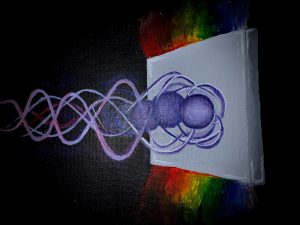
Image courtesy of Miriam Kopyto Photons, little packets of light, are everywhere. By some estimates, the Earth is bombarded with 1035 photons from the sun

Image courtesy of Sophia Zhao If science aims to explain the structures of the natural world, picoscience refines the very structures themselves—at the atomic level.
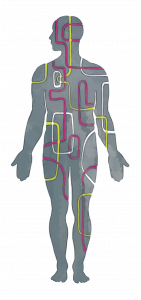
Image courtesy of Alice Tirard Between our cells lies a concealed, interwoven tapestry of vessels that plays a central role in transporting material all over
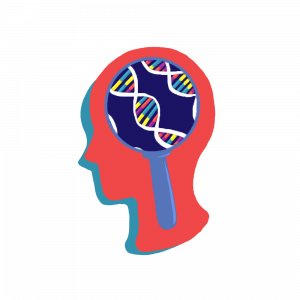
Image courtesy of Anusha Bishop The doctors were stumped. The nine-year-old girl in front of them, who would later be code-named patient A.1, was anemic
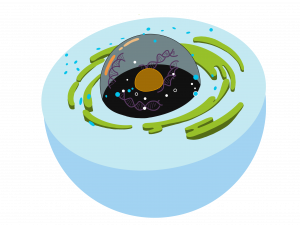
Photo courtesy of Ellie Gabriel Our archaeological record of evolution is dotted with a few key events, such as life’s emergence from water to land
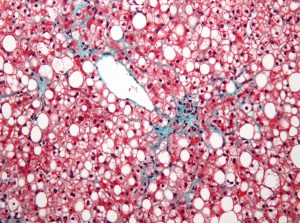
Nonalcoholic fatty liver disease (NAFLD), which afflicts up to one-third of the general adult population, is swiftly becoming the most common cause of chronic liver
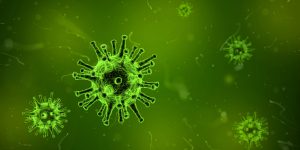
In the digital era, large amounts of data are collected without efficient means to analyze the information, especially in medicine. To solve this problem, a
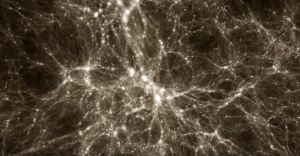
Black holes, with intense gravity that even light cannot escape, have long intrigued astronomers and physicists. These black holes often lie at the center of
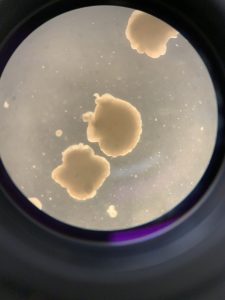
Through cutting-edge advancements in the field of genetics, researchers are now able to grow three-dimensional models of organs, called organoids, using in-vitro methods. Generating organoids
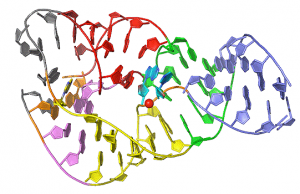
Cancer is the second-largest killer in America and one of the most difficult diseases to treat. How do we possibly target cancer cells when they